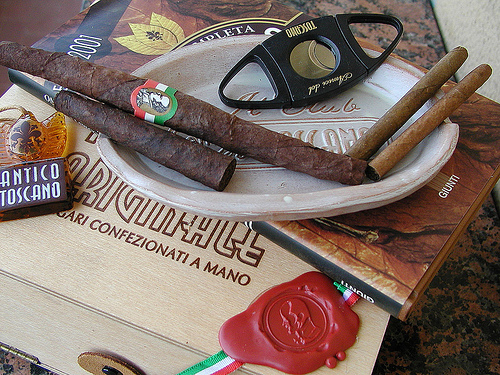
At the beginning of the 14th century, when the perimeter wall was considerably narrower than it is today, Lucca was proud of the one hundred towers and more that had sprung up and which, from distance, almost resembled a forest. With the passing of time, nly a few have survived and currently only two can be visited. However, they are the two most impressive and important.
The first tower to be restored and opened to the public athe beginning of the 1980 is the Torre Guinigi, which, with its centurie sold holm oaks at the very top, is another of the city’s symbols.
Situated in the north west corner of the magnificent palace constructed in about 1384 by Michele, Francesco and Nicolao Guinigi, it is 41 metres high and built entirely of red brick.
A 230 step inner staircase leads to the top which, in the shade of the ancient holm oaks, affords beautiful views over the city, its monuments and the surroundings countryside.
The second tower, called Torre delle Ore because of the huge clock face situated near the top, was renovated and opened to the public in 1999.
The earliest information about this monument dates back to 1390, when hte General Council of Lucca decided to gift the city a clock without a face and which struck a bell only ance every hour. A century later the city authorities acquired the tower and it became the Torre Civica (public tower) with a face showing the hours.
Over the centuries new mechanism and new technologies were applied and the last, 18th century version, with its twelve Roman nume-rals, is the one that can still be seen today.
The tower and the clock workings make this mechanism one of the most interesting in Europe.




